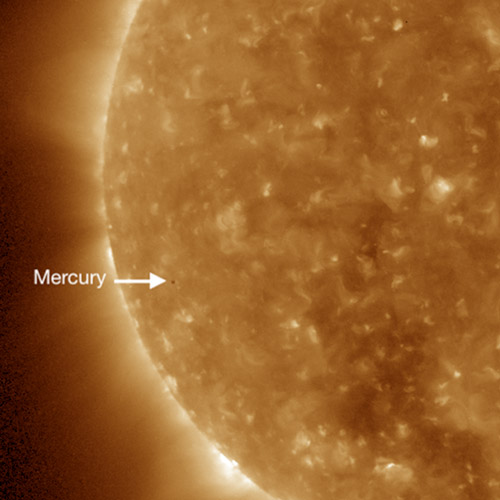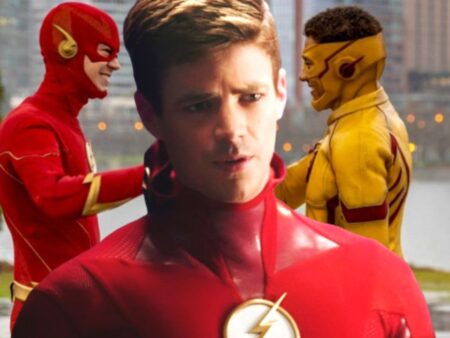
The highly anticipated clash between the Kansas City Current and the Orlando Pride, originally slated for a 3 p.m. local kickoff, instead commenced nearly three and a half hours later. This unusual interruption was not born of unforeseen technical glitches or sudden downpours but from a deliberate, policy-driven decision to protect the athletes from a silent, yet potent, adversary: extreme heat.
The Unscheduled Pause: A Case Study in Policy Application
This incident wasn`t merely a delay; it was a real-world stress test of the NWSL`s extreme heat policy, a protocol few leagues have had to invoke with such prominence. While the league affirmed its commitment to playing matches as scheduled whenever safely possible, its reliance on real-time, on-site weather data for critical decisions created a fluid, almost improvisational, afternoon. Several near-starts, followed by extensions of the delay, underscored the inherent complexities of making critical health and safety decisions on game day itself.
“While forecasts guide planning, we primarily rely on real-time, on-site weather data to make informed decisions in accordance with our inclement weather policies and protocols.” – NWSL Statement
This statement, while emphasizing a data-driven approach, implicitly highlights the narrow window for decision-making and the challenge of balancing adherence to strict guidelines with the logistical realities of a professional sports event.
Deciphering the Heat Policy: Science Meets Soccer
The NWSL`s extreme heat protocol, a cornerstone of its new collective bargaining agreement with the NWSL Players Association, activates when the air temperature surpasses 90 degrees Fahrenheit and the National Weather Service issues a relevant heat warning, watch, or advisory. However, the true arbiter of playability is the Wet Bulb Globe Temperature (WBGT) reading.
Understanding WBGT: More Than Just Air Temperature
Unlike a simple thermometer reading, WBGT provides a comprehensive measure of heat stress, accounting for air temperature, humidity, wind speed, and solar radiation. It`s a far more accurate gauge of the human body`s thermal burden. In the NWSL`s protocol:
- The first WBGT reading is taken 60 minutes before kickoff. If it exceeds 92.3 degrees Fahrenheit, the league is alerted.
- A second reading, 45 minutes before kickoff, is crucial. If the WBGT remains above 92.3 degrees Fahrenheit, the extreme heat delay officially commences.
- During the delay, readings are taken every 30 minutes.
- Play can only resume when the WBGT falls to 91.3 degrees Fahrenheit, and a collective decision is made by the fourth official, team medical personnel, and operational and technical staff.
This meticulous, data-centric approach is commendable, yet its implementation revealed a friction point. The science may be precise, but human patience and communication protocols are less so. The delay, while necessary, prompted a fair degree of frustration among players and coaching staff, highlighting the need for clearer, more anticipatory communication.
Beyond Kansas City: A Global Challenge for Sports
While the NWSL`s experience was notable for its duration and on-site decision-making, it is not an isolated incident. Major League Soccer (MLS) has a similar heat policy, though rarely invoked. Earlier this year, an MLS match in Austin, Texas, saw its kickoff time adjusted due to record-breaking heat, with the decision made the day prior – a proactive step that perhaps mitigated some of the on-site chaos experienced in Kansas City.
Globally, outdoor sports face increasing pressure. From the Australian Open tennis championships to various international soccer tournaments, athletes are regularly pushed to their physiological limits in conditions that were once considered exceptional. The FIFA Club World Cup, for instance, has seen matches played in temperatures exceeding 90 degrees Fahrenheit without heat delays, though some have been interrupted by lightning – a stark reminder that heat, while insidious, is just one facet of extreme weather challenges.
The Human Element: Frustration, Adaptation, and a “Chess Match”
The extended delay elicited a spectrum of reactions from those directly involved. While some players found ways to pass the time with impromptu TikTok dances – a very modern form of coping with unforeseen downtime – the prevailing sentiment, particularly from coaches, was one of confusion and a desire for earlier intervention. “It`s brutal,” remarked Orlando Pride head coach Seb Hines, echoing the sentiment that an earlier decision would have allowed for better preparation. Current captain Lo`eau LaBonta candidly addressed the crowd, stating, “Nobody, especially the players, are happy right now.”
Even after the eventual kickoff, the heat`s indelible mark remained. Current head coach Vlatko Andonovski described the match as “a little more methodical, a little more of a chess match.” The oppressive conditions curtailed the usual high-intensity sprints and sustained pressure, transforming the game into a battle of attrition and tactical patience rather than raw athleticism. This reveals a critical impact: extreme heat doesn`t just delay games; it fundamentally alters the very nature of competition.
Looking Ahead: Proactive Measures in a Warming World
The Kansas City incident serves as a crucial data point for all professional sports. As global temperatures continue their upward trend, such delays are likely to become more commonplace. The challenge for leagues and governing bodies will be to evolve their policies from reactive measures to more proactive strategies.
- Improved Communication: Establishing clearer, more timely communication channels before and during potential delays is paramount for player and fan morale.
- Scheduling Adjustments: Long-term scheduling may need to factor in historical temperature data, potentially shifting summer matches to later evening slots or even cooler months where feasible.
- Technological Integration: Leveraging advanced meteorological data and predictive analytics could allow for earlier, more informed decisions, minimizing last-minute disruptions.
- Athlete Acclimatization: Greater emphasis on pre-season heat acclimatization protocols will be essential for athlete safety and performance.
The NWSL`s experience is a microcosm of a larger global dilemma. As the planet warms, the world of professional sports, an industry built on precision, performance, and passionate spectacle, must adapt. The ability to do so, gracefully and effectively, will define not just individual seasons, but the very sustainability of outdoor athletic competition in the decades to come. The game, it seems, is no longer just against the opponent, but also against the elements.










